 2/5 Stars
2/5 StarsBy the mid-70s Paramount had finally begun to realize that the pop culture phenomenon that was Star Trek had only begun to be harnessed for profit. When Bantam exhausted the novelizations of the show scripts in its bestselling series by James Blish, Star Trek – Star Trek 12, new content was clearly necessary. Thus the ongoing juggernaut of novelizations began, and continues to this day. ‘The Starless World’, by Gordon Eklund, is one of the early novelizations and appeared in 1978. The cover artist appears to be Vincent DiFate.
The Enterprise is on a routine survey mission to map black holes within the vicinity of the Galactic Core when it is approached by a shuttlecraft affiliated with the Rickover, a starship that disappeared from Starfleet records 11 years previously. The pilot of the shuttlecraft is a deranged man named Thomas Clayton, a former friend and student along with Captain Kirk at the Starfleet Academy. Clayton babbles nonsense about a Sun God named Ay-nab.
Soon after its encounter with the shuttlecraft, the Enterprise finds itself trapped by an immeasurably powerful tractor beam, which pulls the ship into a Dyson Sphere: an enormous artificial globe that harbors within its interior an Earth-like planet named Lyra. Lyra is the size of Jupiter, with artificial moons, and a sun, orbiting its bulk. The Enterprise takes up orbit around Lyra and Kirk and company Beam Down to the surface to investigate.
Not only do the Enterprise crew discover that the planet contains a small city, Tumara, but it is populated by furry little humanoids who utter the sort of enigmatic banalities that all simpleton aliens habitually make in Star Trek stories. This of course makes Kirk’s job of finding out what it going on harder than usual. Add into the mix some stranded Klingons; some zombie-like wayward Rickover crew members called ‘Strangers’, and the fact that sooner rather than later the Dyson Sphere and its contents are going to collide with a black hole, and you have what seem to be the ingredients for a memorable drama.
Unfortunately, ‘The Starless World’ disappoints. Its 152 pages really fail to offer much in the way of excitement or suspense. To be fair to author Gordon Eklund, plots for a franchised property like Star Trek need to follow strict guidelines (this isn’t Slash Fiction, after all) but much of ‘World’ revolves around themes that are derived from several of the series’ original episodes (‘The Apple’, ‘For the World Is Hollow and I Have Touched the Sky’, and ‘The Paradise Syndrome’ come readily to mind). The narrative tends to expend its energies meandering from one puzzling encounter to another, all the while trying to set things up for a closing Revelation that is more than a little contrived.
I can’t recommend ‘The Starless World’ to general-audience SF readers, and I suspect that even Trekkies will find it underwhelming.
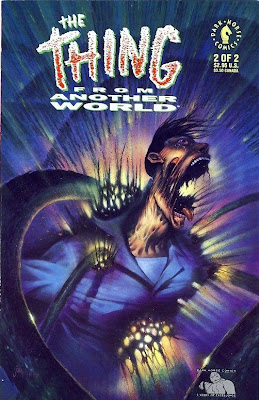










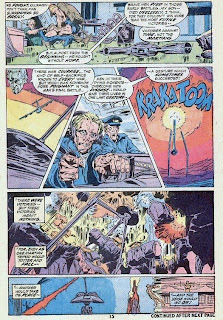
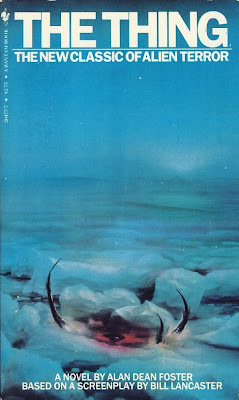
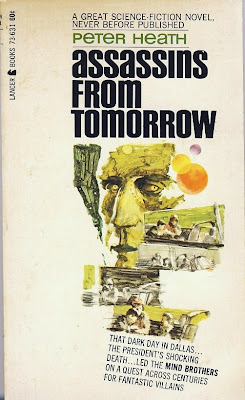



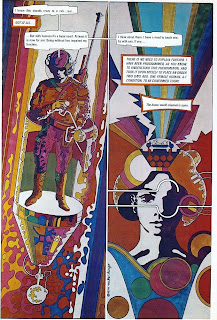
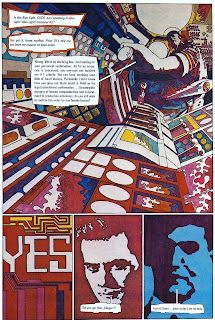
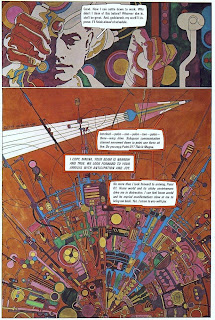



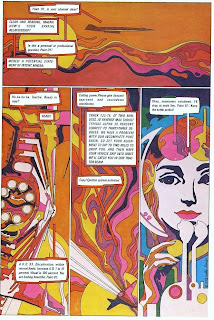




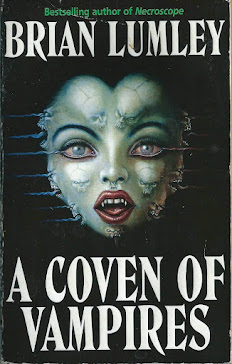






.jpg)
















